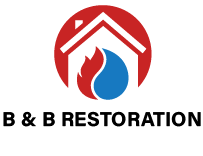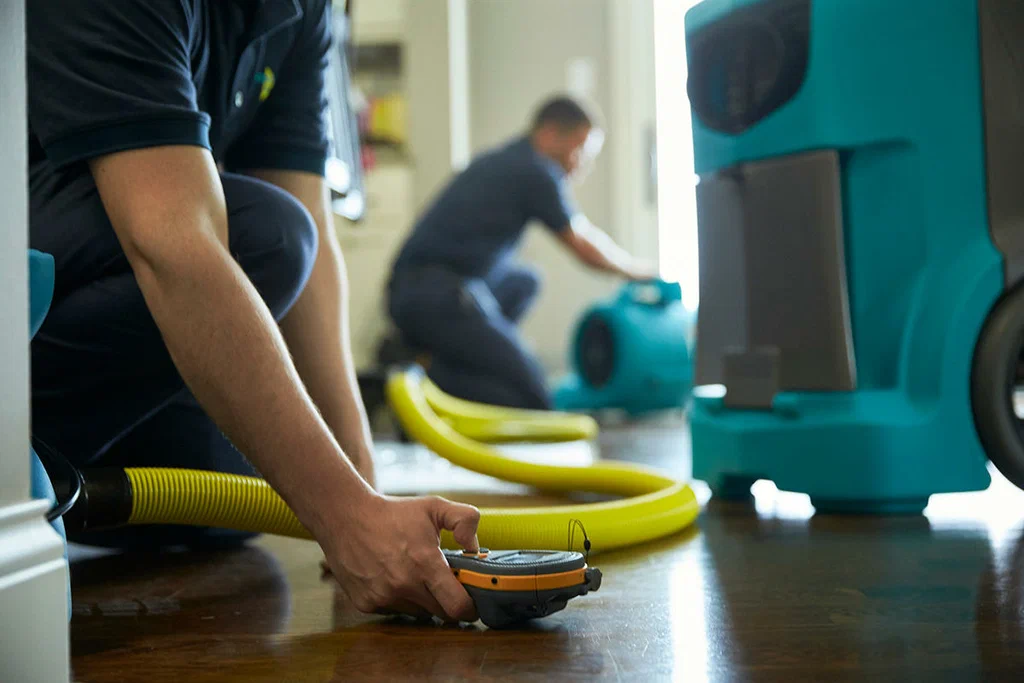What Equipment Is Used During Water Damage Restoration to Dry and Clean the Area?
Water damage can be an overwhelming and destructive experience. Whether it’s due to a natural disaster, a burst pipe, or an accidental leak, addressing the damage quickly and efficiently is crucial to preventing further issues like mold growth, structural damage, and health risks. Water damage restoration is a complex process that requires professional expertise and the use of specialized equipment to properly dry, clean, and restore the area.
In this article, we’ll take a closer look at the various equipment used during water damage restoration to ensure the area is effectively dried and cleaned.
The Importance of Water Damage Restoration
Water damage restoration is the process of cleaning, drying, and repairing a property affected by water. The goal is to return the space to its pre-damage condition as quickly as possible. This typically involves eliminating excess moisture and contaminants that could lead to mold or other forms of deterioration. The first step in this process is assessing the extent of the damage, followed by the use of specialized equipment to handle the cleanup and restoration.
Common Equipment Used in Water Damage Restoration
Several types of equipment are crucial in the water damage restoration process. Each piece of equipment serves a specific purpose to ensure the area is thoroughly dried, cleaned, and restored to its original condition. Let’s explore the different tools and their functions.
1. Water Extractors
Water extractors are one of the first tools used in water damage restoration. These powerful machines are designed to remove standing water from floors, carpets, and other surfaces. They come in various sizes, from portable units that can be used in small rooms to larger truck-mounted systems for extensive water removal. Water extractors use powerful suction to remove water quickly and efficiently, helping to reduce the overall drying time.
2. Dehumidifiers
Dehumidifiers are essential in the water damage restoration process as they remove excess moisture from the air. After the water has been extracted from the affected surfaces, the humidity levels in the area must be reduced to prevent mold growth. Dehumidifiers pull moisture out of the air and collect it in a tank or drain it directly into a sewage system. There are different types of dehumidifiers, including refrigerant and desiccant models, each suited to different environmental conditions.
3. Air Movers (Drying Fans)
Air movers are high-velocity fans designed to speed up the drying process by circulating air throughout the affected area. These fans help to reduce the drying time by increasing airflow, which helps evaporate moisture from walls, floors, and other surfaces. Air movers are strategically placed in rooms to ensure that moisture trapped in carpets, under flooring, or within walls is efficiently removed.
4. Industrial-Grade Heaters
Industrial heaters are often used during water damage restoration to speed up the drying process in cold or damp environments. By raising the temperature in the affected area, these heaters help increase the evaporation rate of moisture, enabling dehumidifiers and air movers to work more effectively. Using heaters in conjunction with other drying equipment helps prevent long-term damage to structures and reduces the chances of mold growth.
5. Moisture Meters
Moisture meters are used to measure the moisture content in building materials like wood, drywall, and concrete. By using a moisture meter, restoration professionals can accurately assess the extent of water damage and monitor the drying process. These devices help to ensure that materials are completely dried, as leftover moisture can cause long-term issues such as mold growth and rotting.
6. Thermal Imaging Cameras
Thermal imaging cameras are often used during the inspection phase of water damage restoration. These cameras detect temperature variations in walls, ceilings, and floors, which can help locate hidden moisture or water damage behind surfaces. Thermal imaging allows restoration professionals to identify problem areas that are not immediately visible, ensuring a more thorough drying process.
7. Air Scrubbers
Air scrubbers are powerful filtration systems used to clean the air of contaminants during the water damage restoration process. These machines use high-efficiency particulate air (HEPA) filters to capture dust, dirt, mold spores, and other particles that may have been stirred up during the restoration process. Air scrubbers help improve air quality and prevent the spread of contaminants throughout the property.
8. Disinfection and Cleaning Equipment
Once the water has been extracted and the area dried, it’s time for cleaning and disinfecting the affected surfaces. Specialized cleaning equipment is used to sanitize surfaces, remove dirt, and ensure the area is safe to re-enter. This includes powerful disinfectants, sanitizing sprays, and cleaning machines that remove contaminants and restore the space to a habitable condition.
The Process of Water Damage Restoration
The water damage restoration process typically follows several stages to ensure the area is properly cleaned and dried. The key stages include:
1. Assessment and Inspection
A thorough inspection is conducted to assess the extent of the water damage. Restoration professionals will evaluate the property, identifying the sources of water intrusion, the areas affected, and the severity of the damage.
2. Water Removal
Using water extractors, standing water is removed from the area. This step is crucial to reducing the risk of further damage and preventing the spread of water to other areas.
3. Drying and Dehumidification
Dehumidifiers, air movers, and industrial heaters are used to dry the affected areas. The goal is to reduce the humidity levels and ensure all materials are thoroughly dried to prevent mold growth.
4. Cleaning and Disinfection
Once the area is dry, cleaning and disinfecting are necessary to remove contaminants and restore the space to its original condition. This may involve cleaning carpets, furniture, and other surfaces, as well as using air scrubbers to ensure the air quality is safe.
5. Restoration and Repair
The final step in water damage restoration is repairing and restoring the affected areas. This may include replacing drywall, flooring, and other structural elements that were damaged beyond repair.
Conclusion
Water damage restoration is a critical process that requires specialized equipment and expertise. By using tools like water extractors, dehumidifiers, air movers, and moisture meters, professionals can effectively dry, clean, and restore your property. It’s essential to address water damage quickly to prevent long-term issues and ensure a safe living environment. If you’re facing water damage, seeking the help of a professional restoration company can save you time, money, and stress.
FAQs
1. How long does water damage restoration take?
The duration of the restoration process depends on the extent of the damage. Minor water damage may take a few days to repair, while more severe cases could take weeks. A professional restoration company will provide a timeline based on the specifics of the damage.
2. Can I do water damage restoration myself?
While DIY methods can be useful for minor water damage, professional water damage restoration is highly recommended for more severe cases. Professionals have the expertise and equipment necessary to properly assess, dry, and restore the property.
3. What happens if water damage is not addressed quickly?
If water damage is not addressed quickly, it can lead to mold growth, structural damage, and health risks. The longer water sits in an area, the more extensive the damage becomes, which is why immediate restoration is essential.
4. How can I prevent water damage in the future?
Regular maintenance of plumbing systems, checking for leaks, and installing sump pumps or waterproofing measures can help prevent water damage in the future. Additionally, addressing any signs of leaks or moisture buildup promptly can prevent larger issues.

